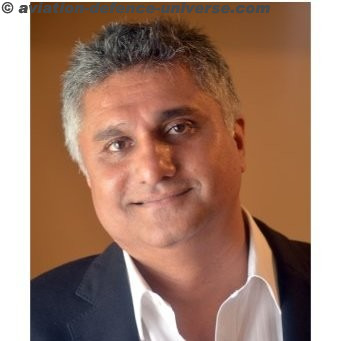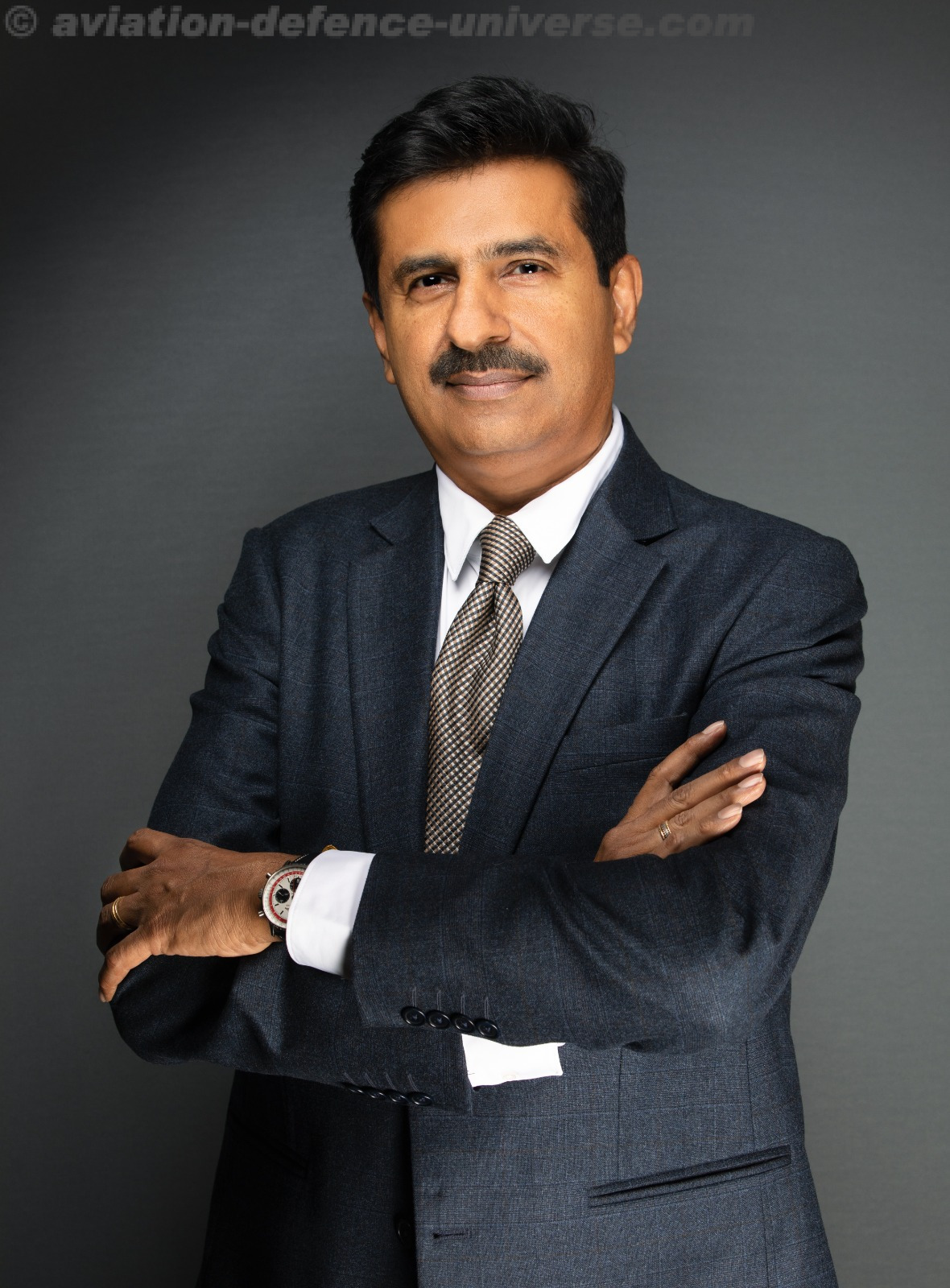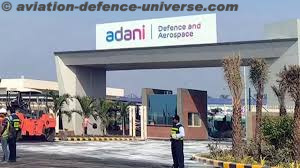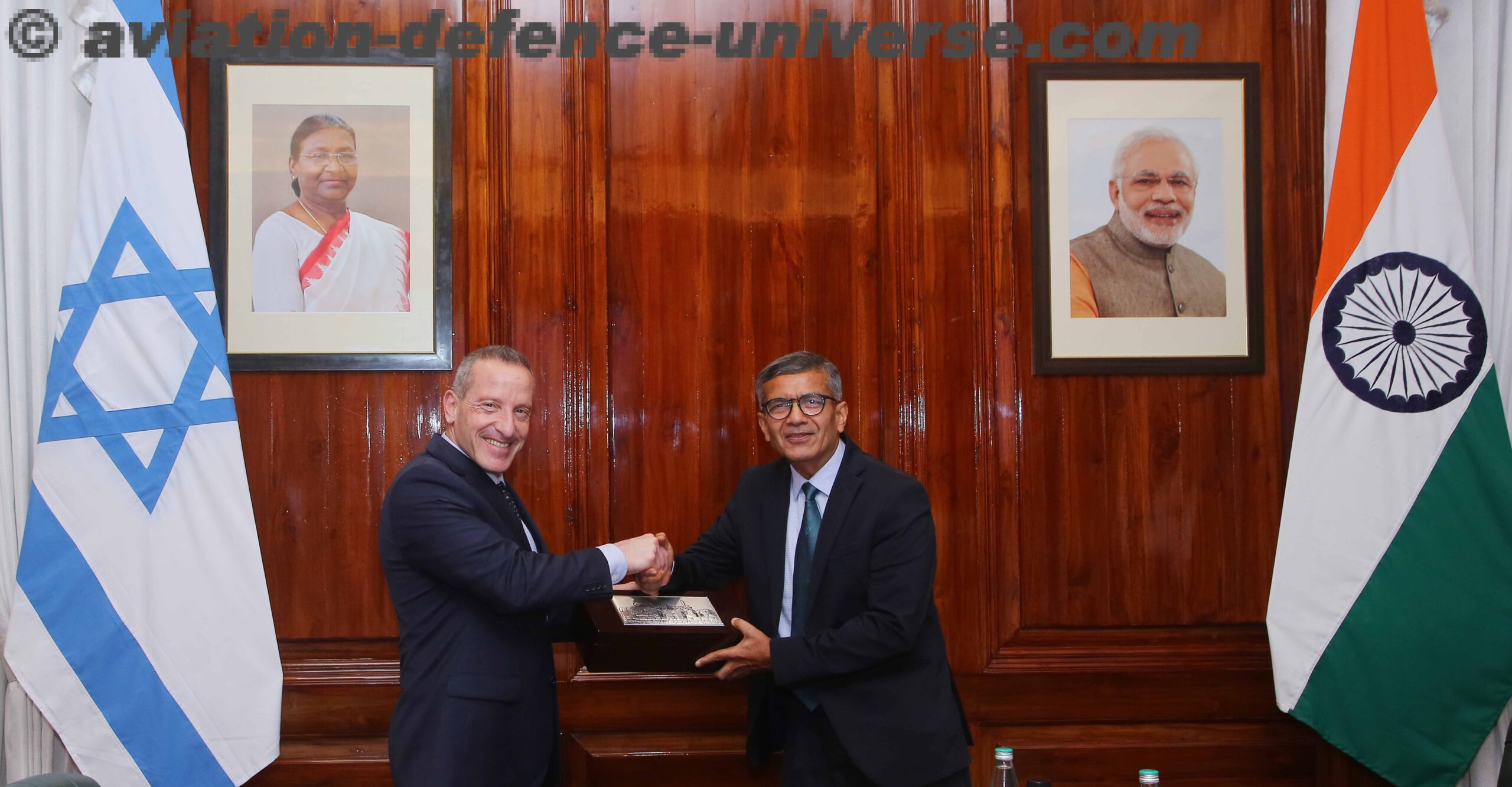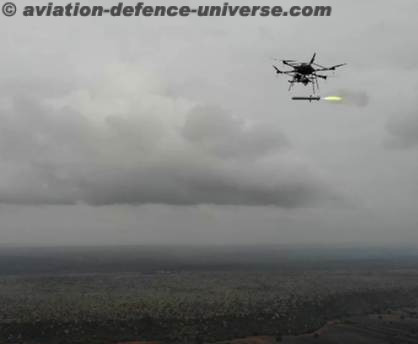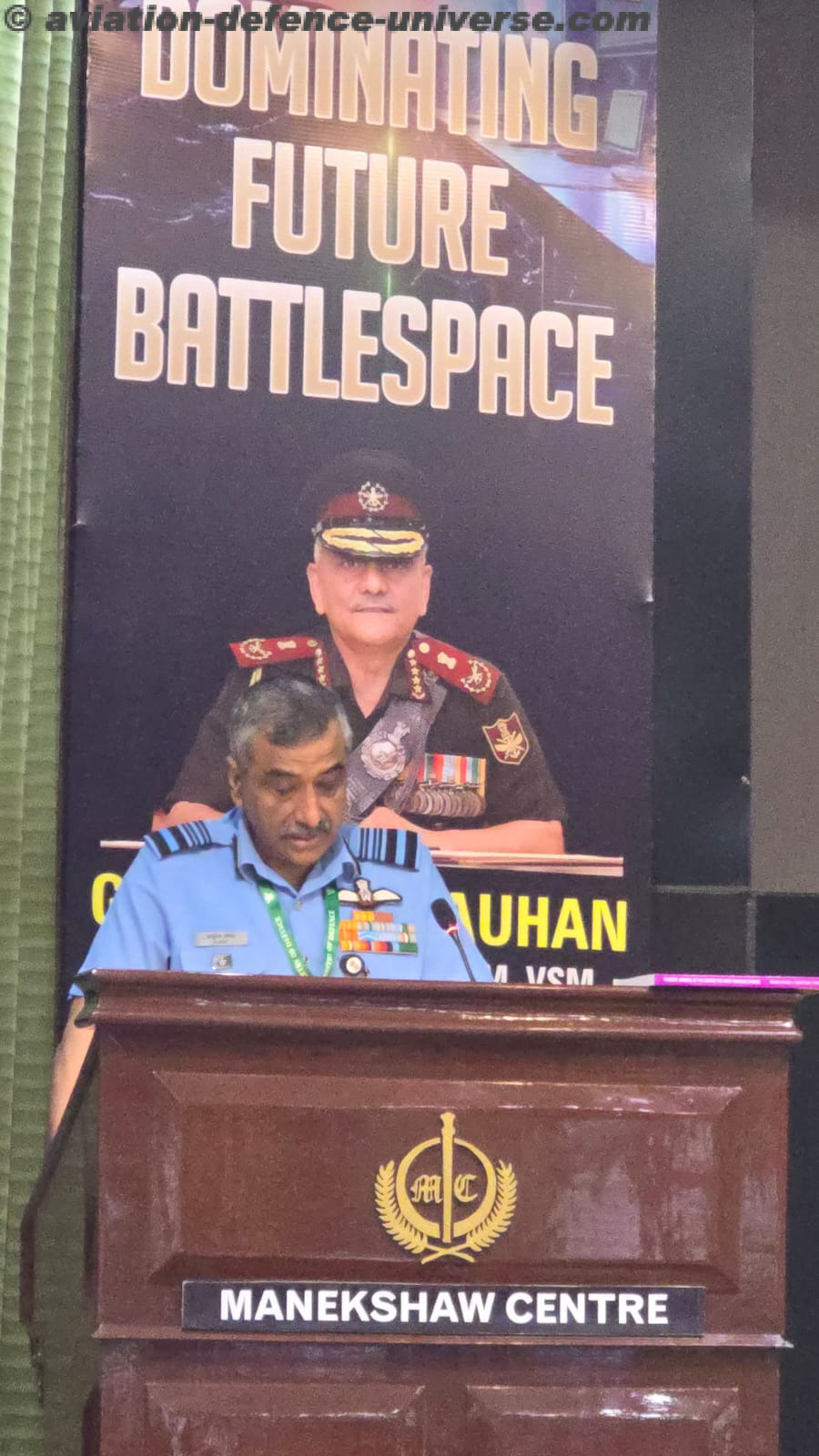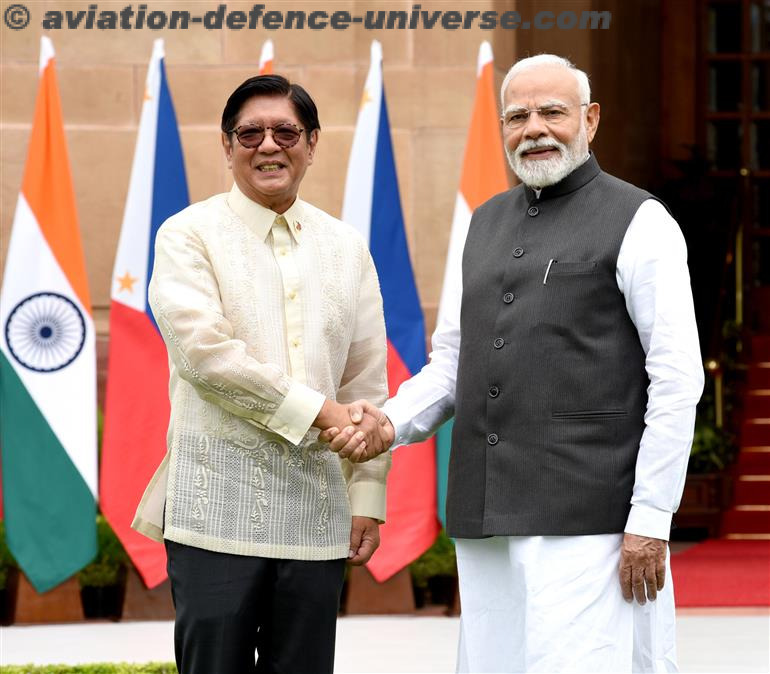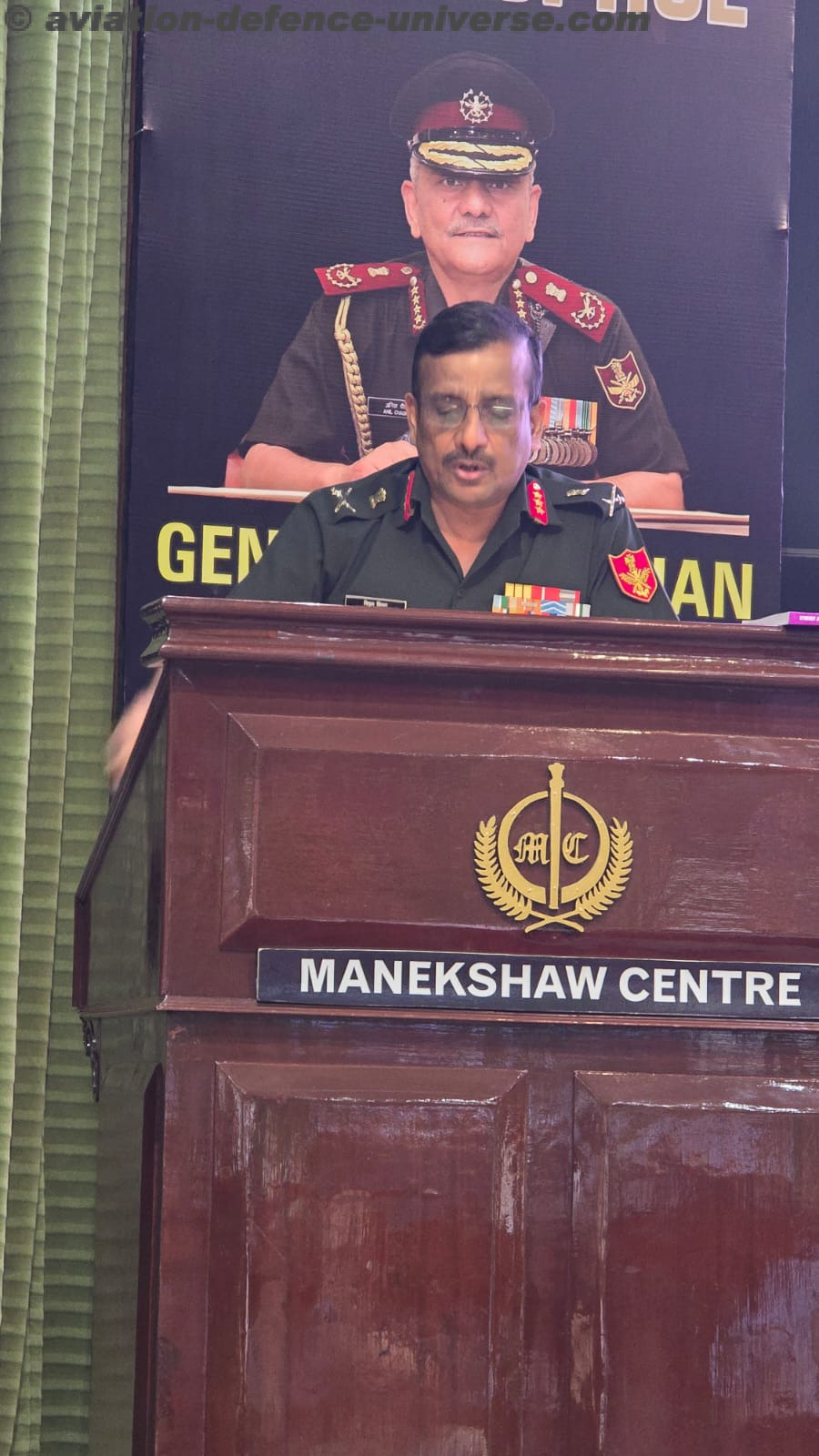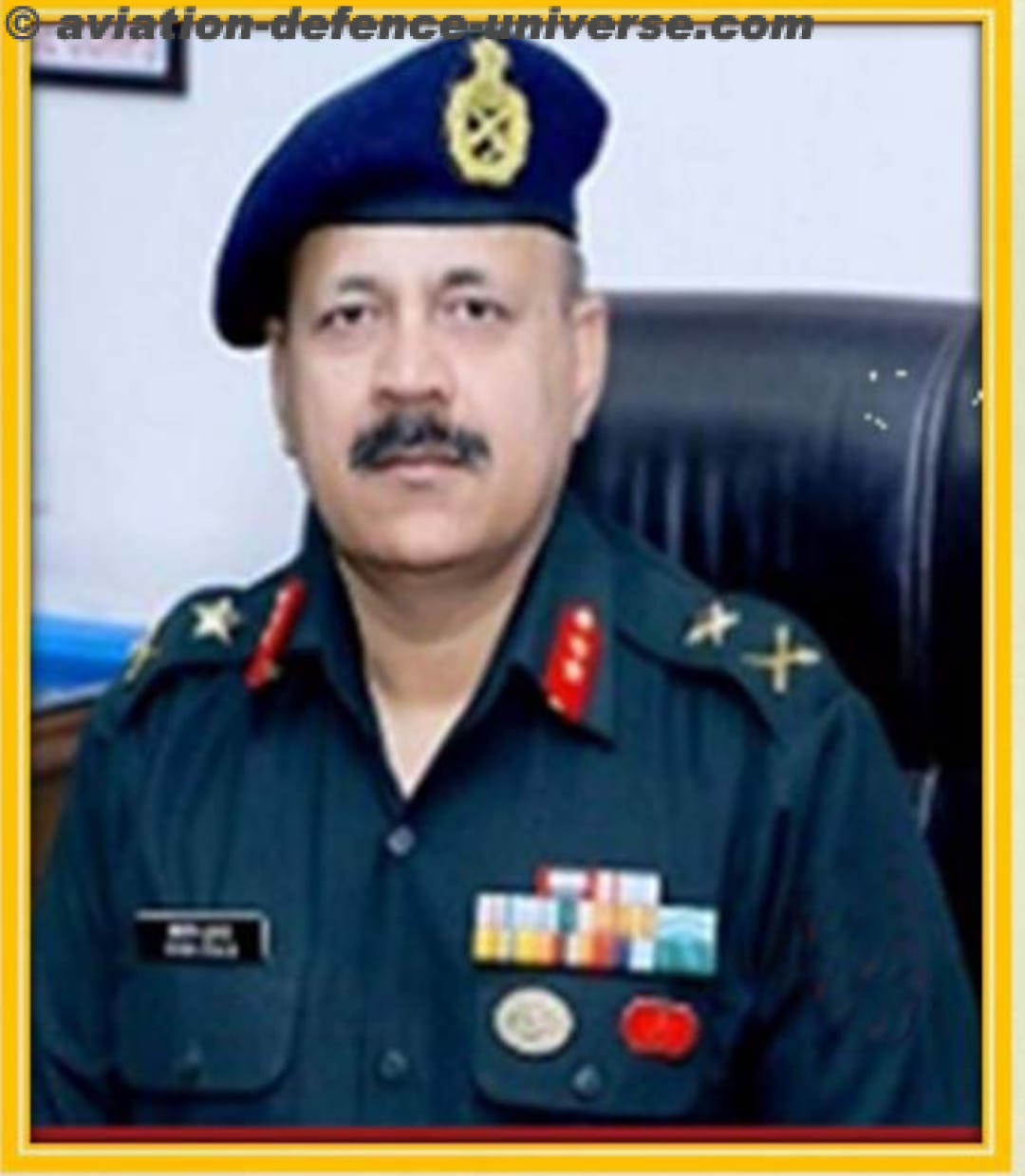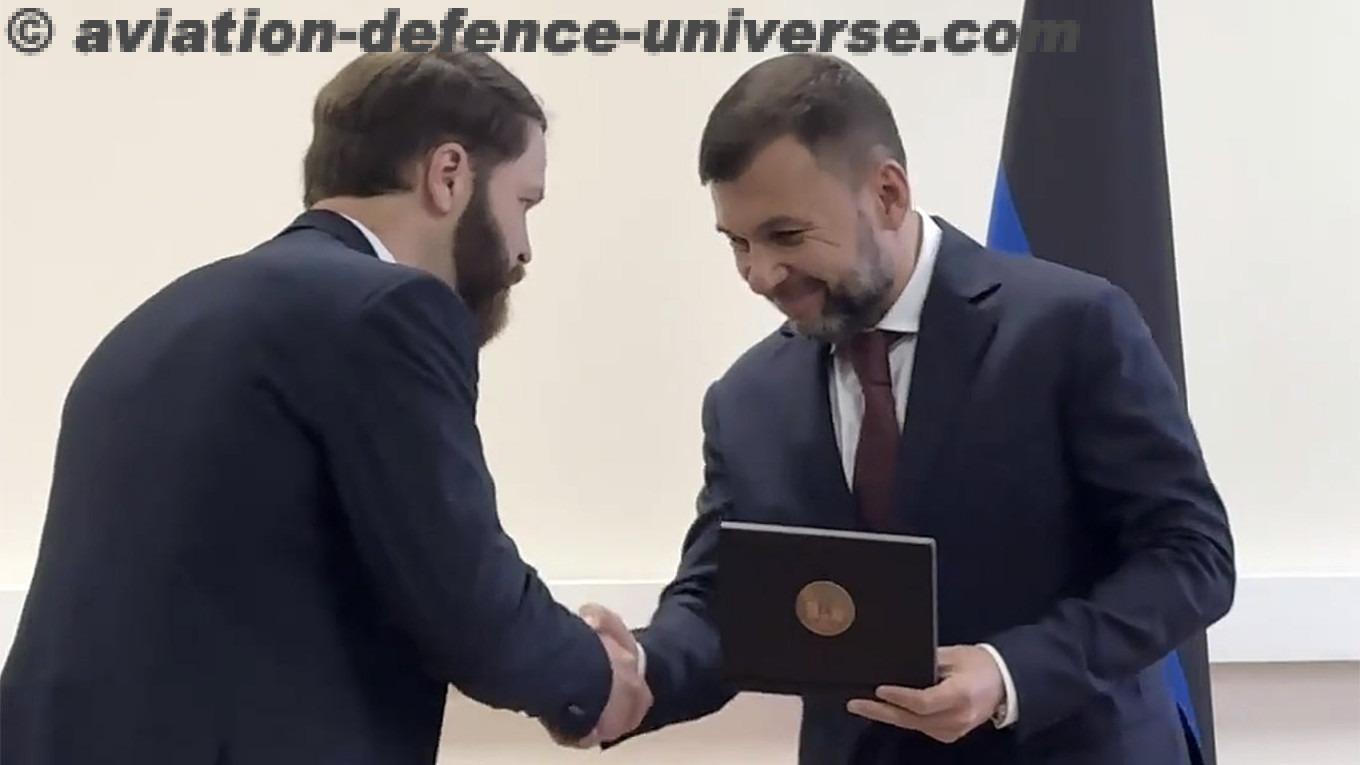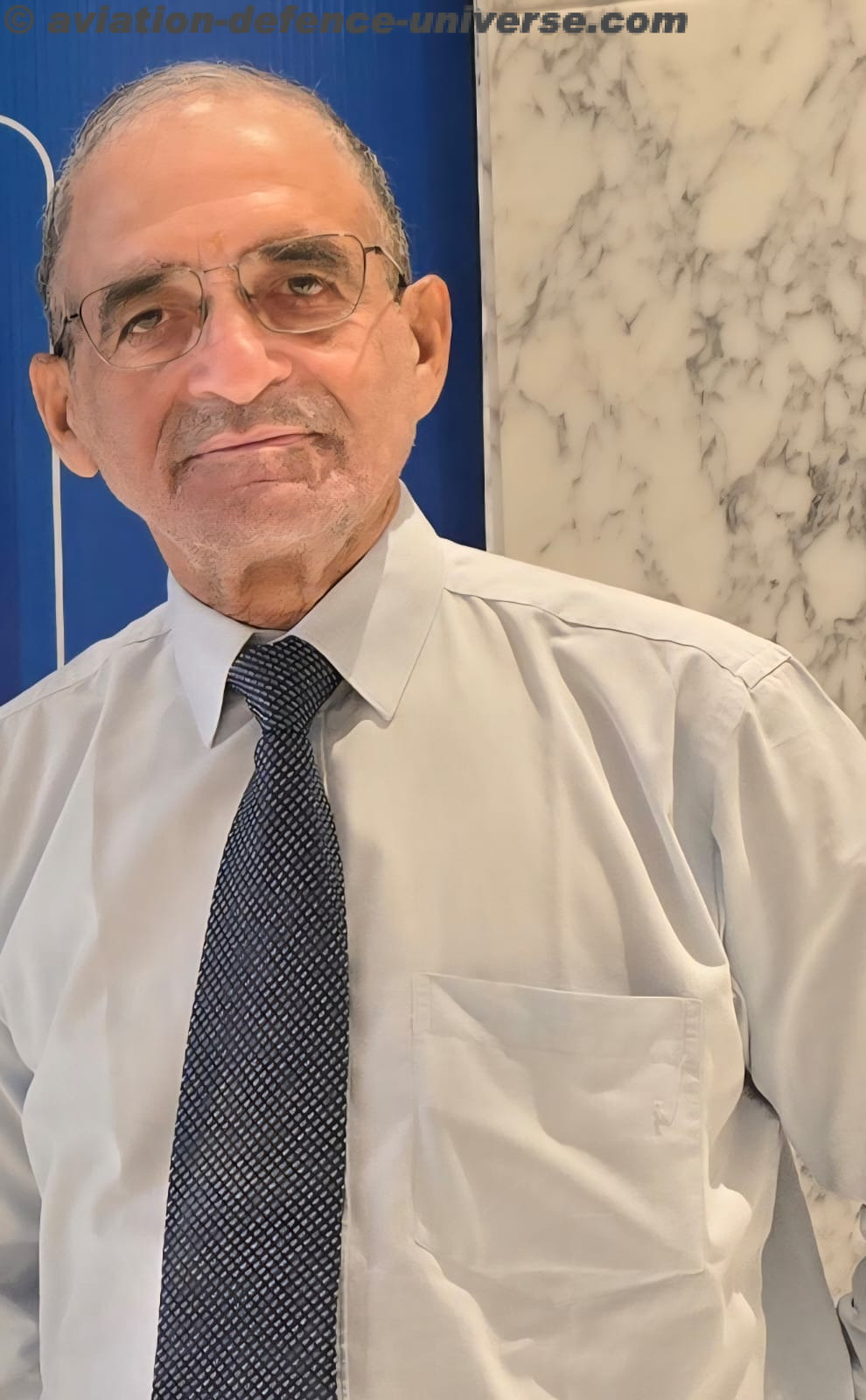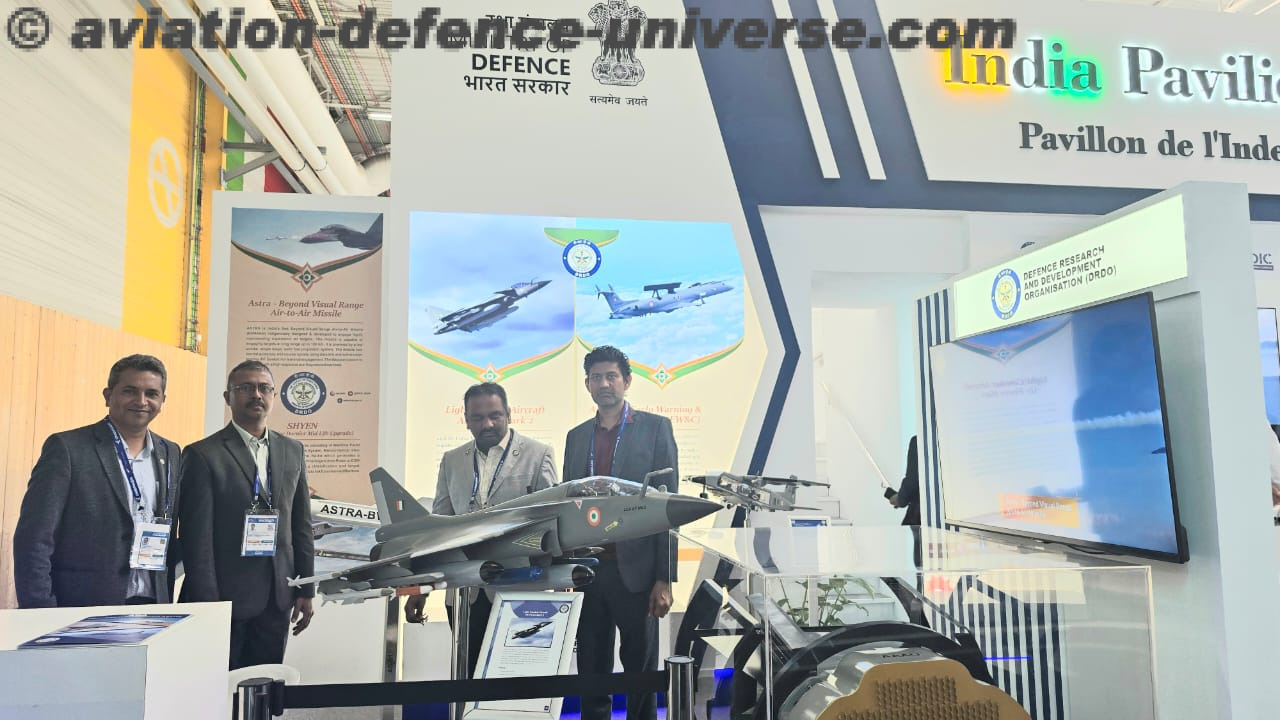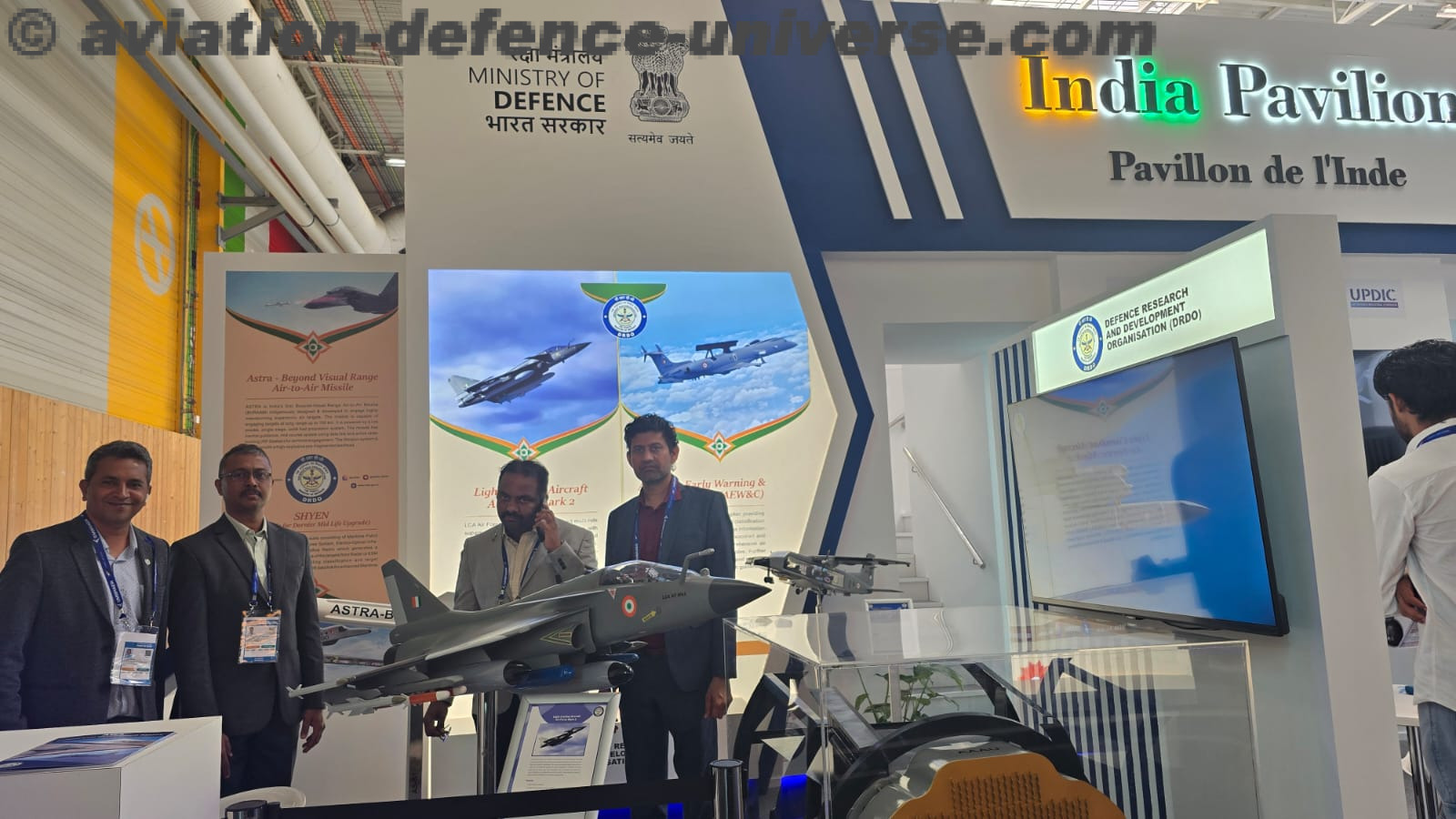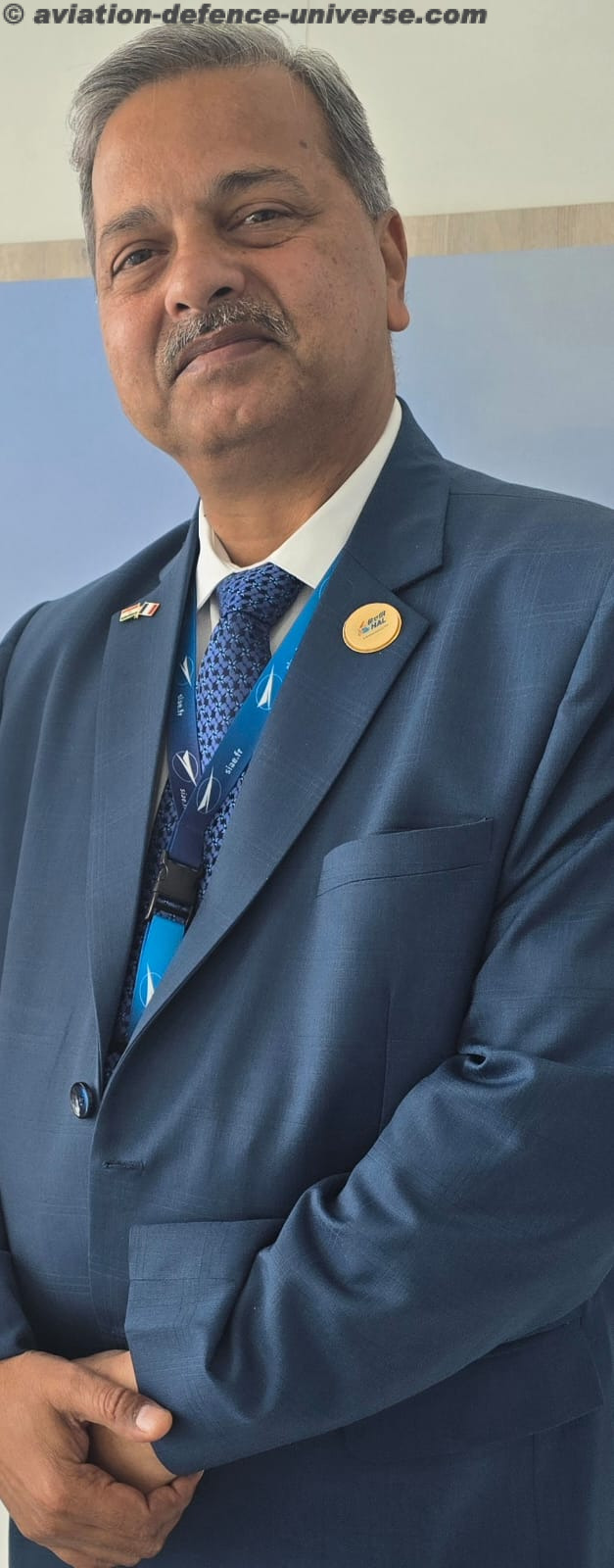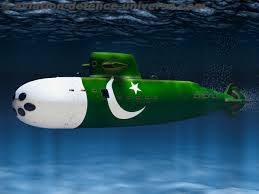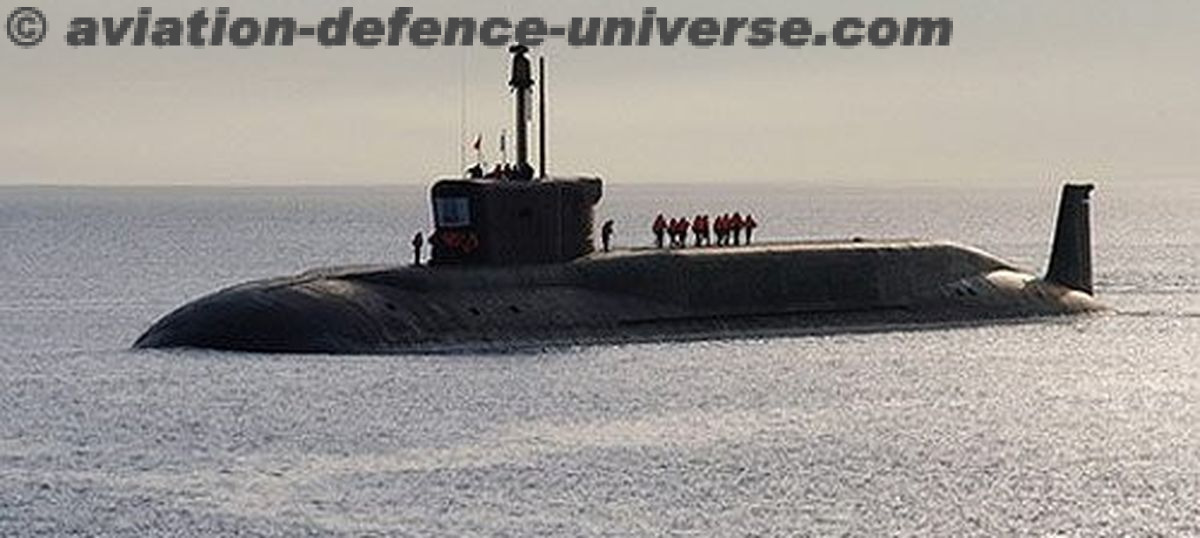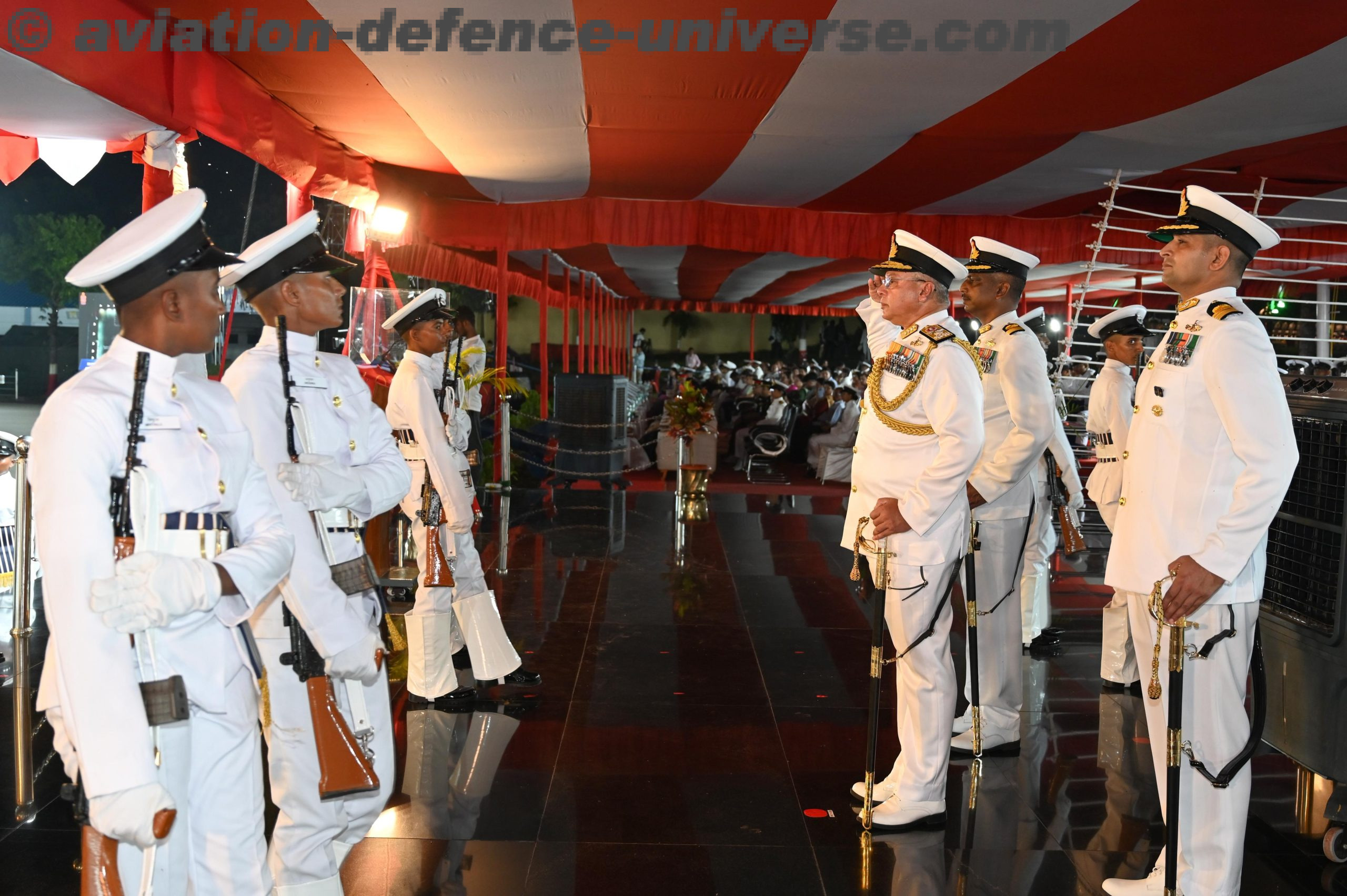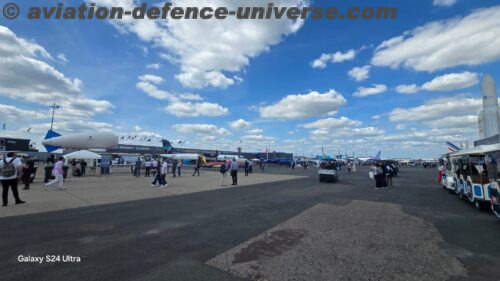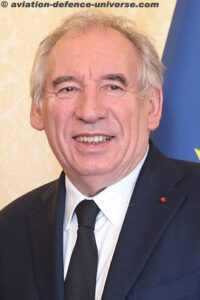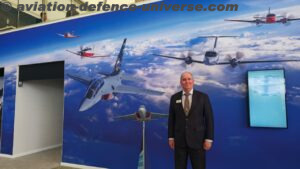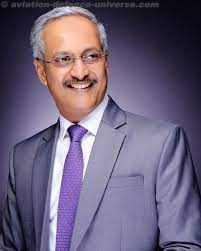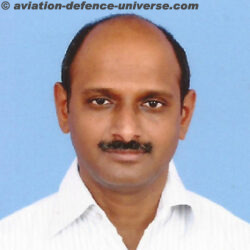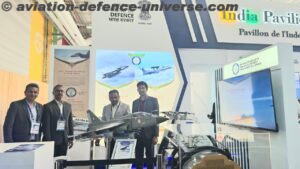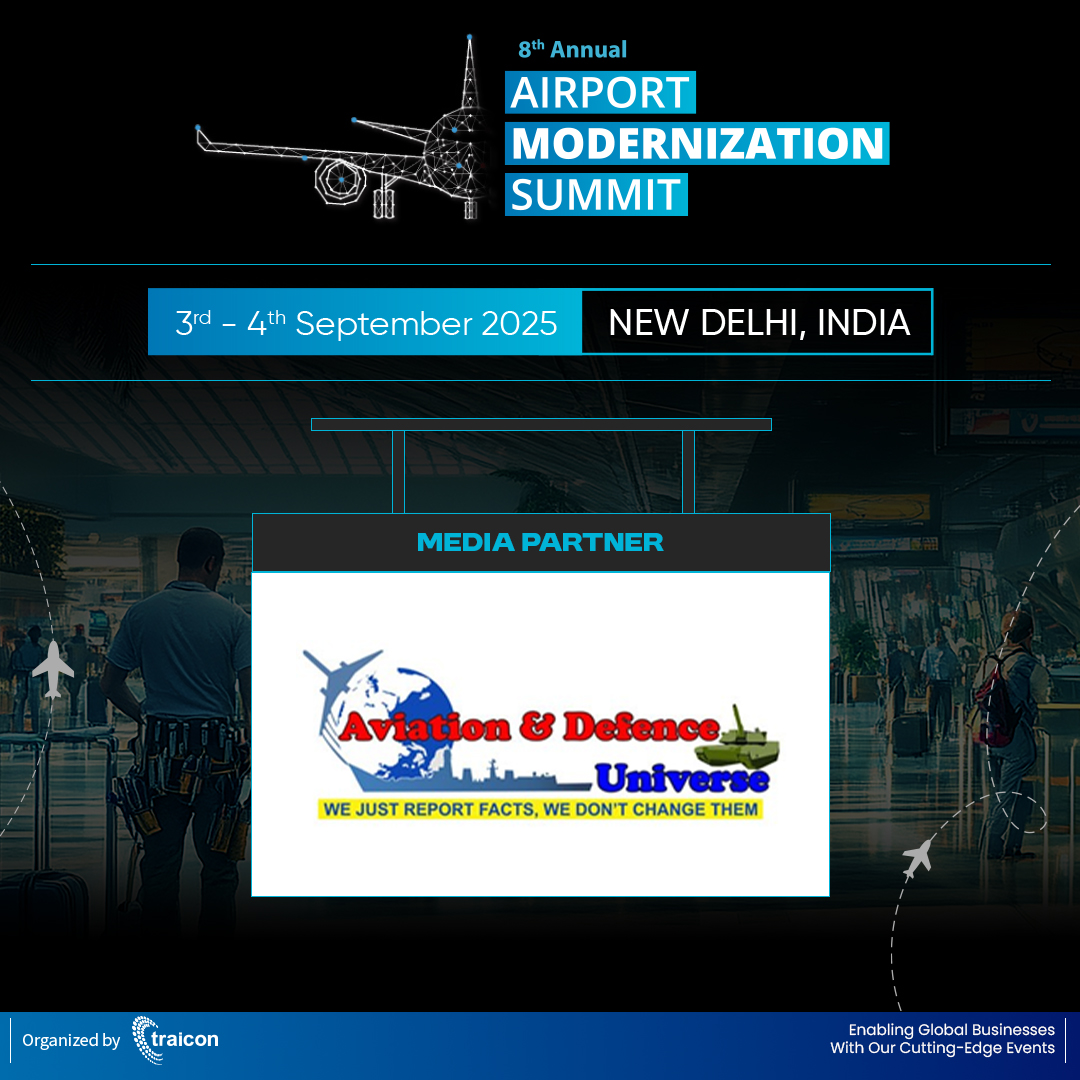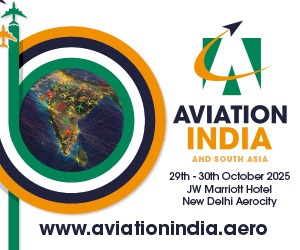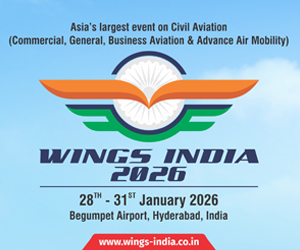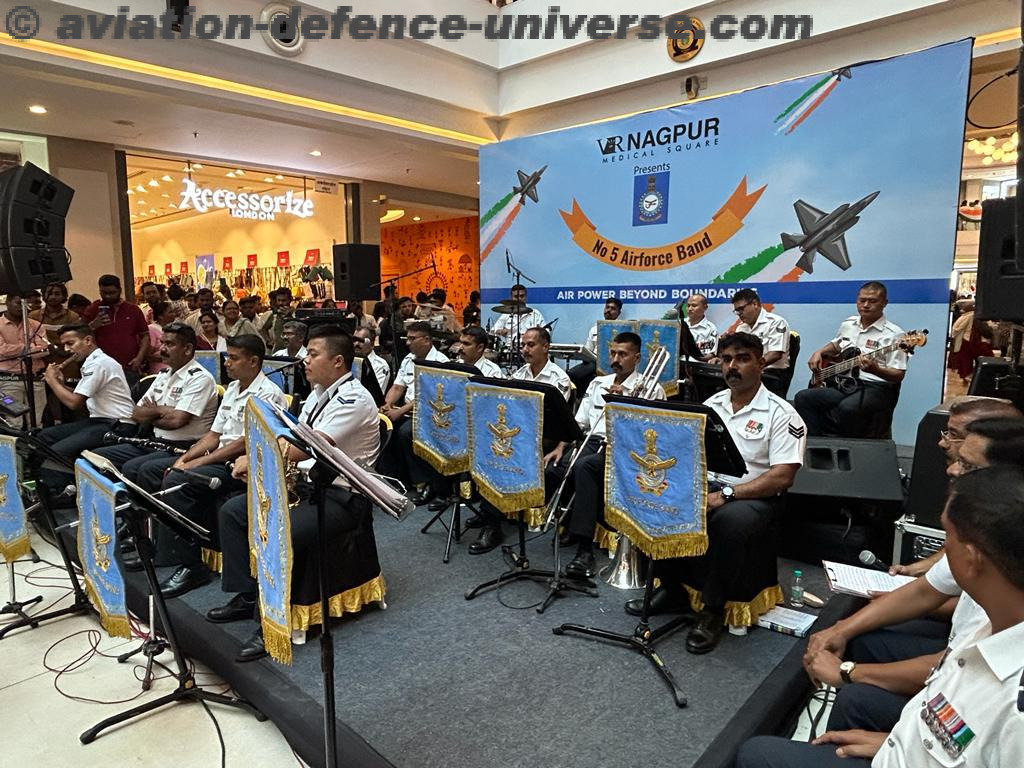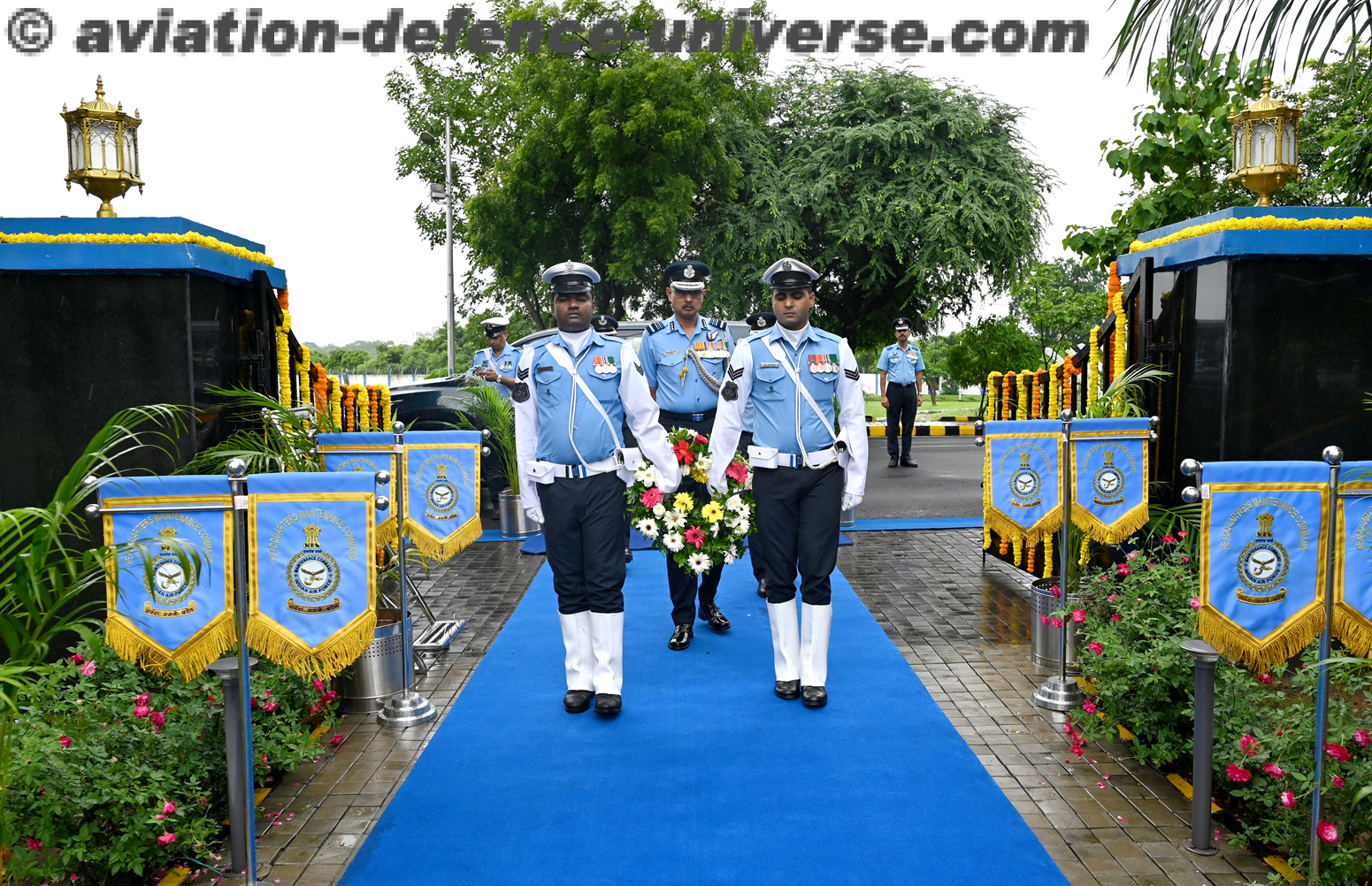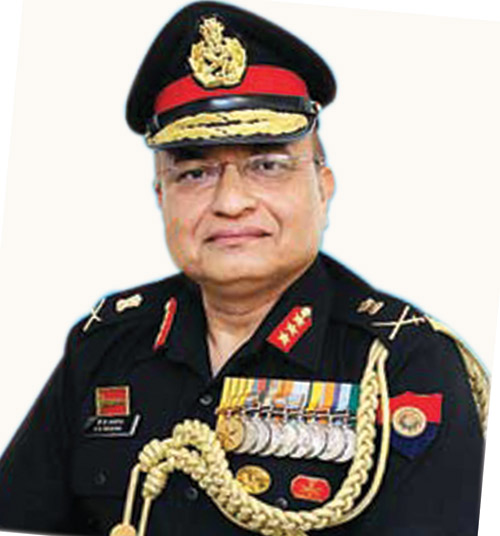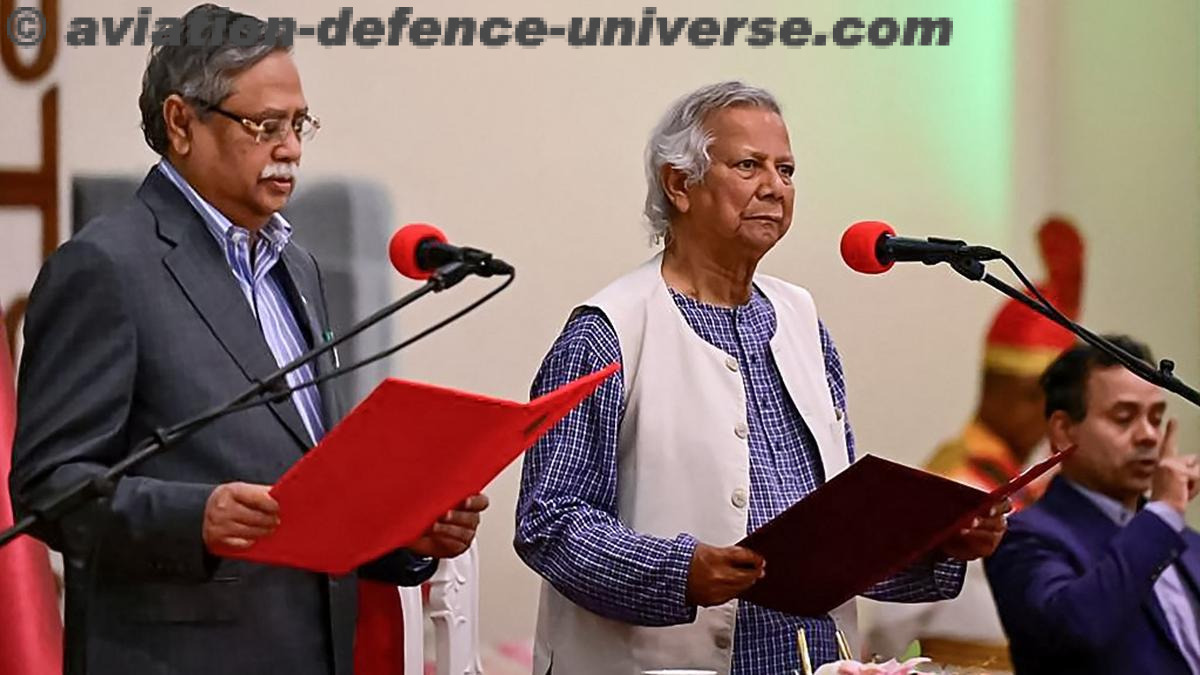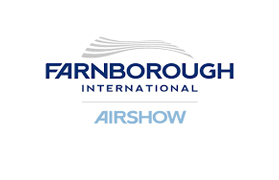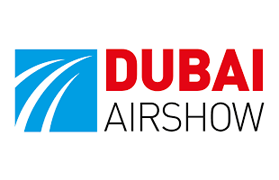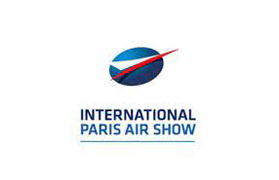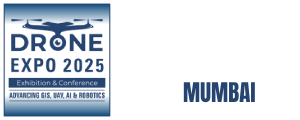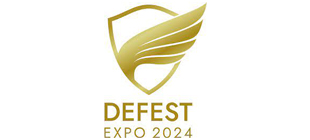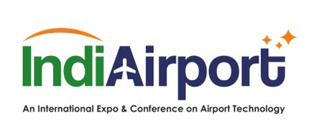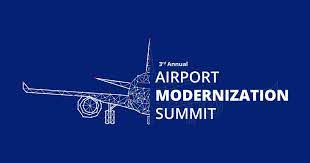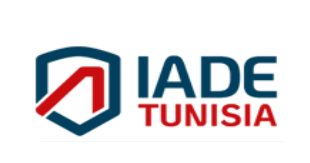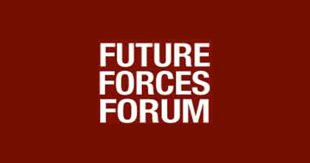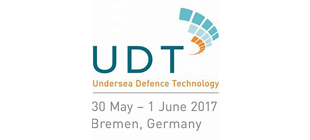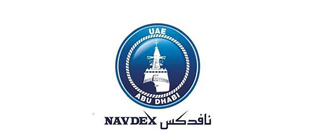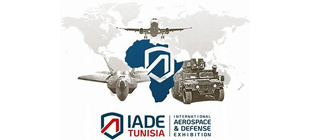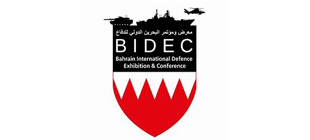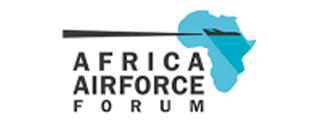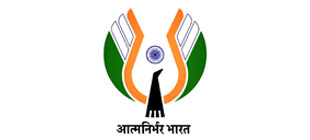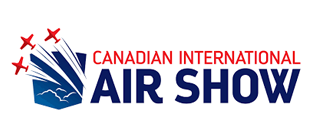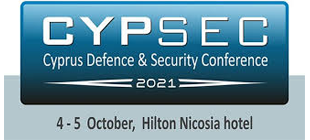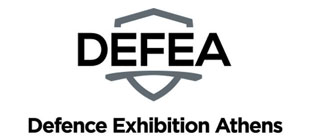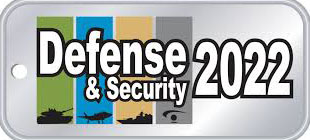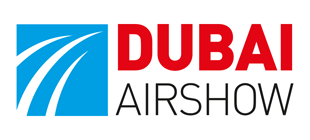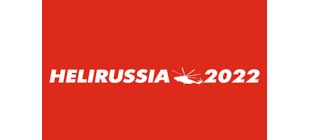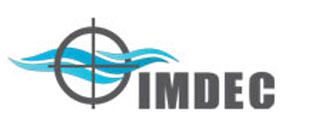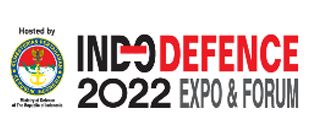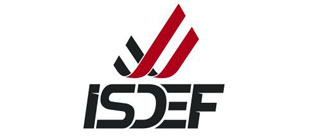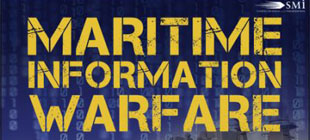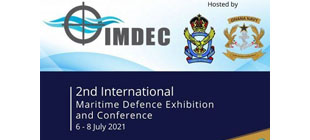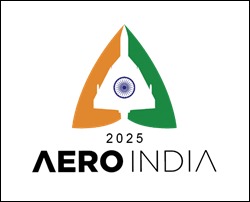- Opens with Strategic Orders and Somber Undercurrents
- Under Shadow of AI 171 crash & Israel-Iran War
- Sans traditional Airbus-Boeing one-upmanship stories
Le Bourget. 16 June 2025. The 55th edition of the Paris Air Show opened at the historic Le Bourget airfield on a hot summer day, drawing aviation professionals and global media to what remains the world’s most prominent aerospace and defence exhibition. Held biennially, the Paris Air Show serves as a critical platform for aircraft manufacturers, defence firms, and emerging aerospace startups to announce new deals, showcase cutting-edge technologies, and engage in high-level diplomacy. Overflowing crowd despite the show being overshadowed by global geopolity and Indian aviation tragedy.

Unlike previous editions of the Paris Air Show, the 2025 edition lacked the high-stakes order battle traditionally seen between Airbus and Boeing. This subdued competition was largely due to Boeing’s scaled-back presence in the aftermath of the tragic Air India Flight AI 171 crash, which cast a pall over the company’s participation. With key executives absent and a lower profile on site, Boeing refrained from aggressive order announcements, leaving Airbus to dominate the commercial aircraft spotlight. Additionally, broader industry caution driven by geopolitical instability and shifting focus towards defence technologies and sustainability may have contributed to a more restrained approach from both manufacturers. The absence of their usual tit-for-tat mega deals marked a noticeable shift from the competitive fervour that typically defines the world’s biggest aerospace stage.
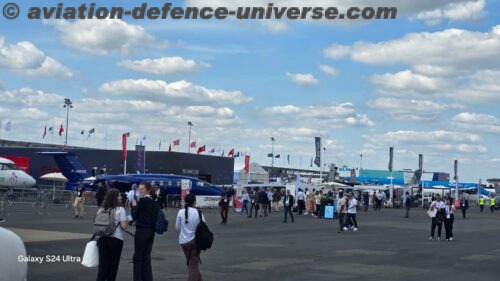
While Boeing scaled back its top-tier participation following the Air India Flight AI 171 crash, Airbus took center stage, announcing a slew of major deals. Riyadh Air placed a firm order for 25 Airbus A350-1000s, with options for 50 more. LOT Polish Airlines confirmed 40 A220 aircraft, while AviLease added 30 A320neos and 10 A350 freighters to its portfolio. The deals reflected continued growth in demand for efficient, long-haul aircraft amid a post-pandemic recovery in aviation. General Atomics, Thales, Dassault, Safran, Embraer, and Israel Aerospace Industries (IAI) showcased technologies ranging from unmanned combat aerial vehicles (UCAVs) to AI-enabled flight systems. Electric aircraft and next-generation propulsion systems were prominently featured at the Paris Air Lab and “Start-Me-Up” innovation hub, pointing toward the sector’s growing focus on sustainability.

The Paris Air Show is the world’s largest aerospace trade fair and air show, held biennially in odd-numbered years at Paris–Le Bourget Airport in France. Organized by the French aerospace industry association GIFAS (Groupement des industries françaises aéronautiques et spatiales), the event is unmatched in scale, surpassing other major air shows such as Farnborough, Dubai, and Singapore in terms of exhibitor numbers and exhibit space. First launched in 1909, the Paris Air Show has been held regularly since 1949, with the 2019 edition (its 53rd) attracting 2,453 exhibitors from 49 countries and covering more than 125,000 square meters. The event was canceled in 2021 due to the COVID-19 pandemic but resumed in 2023. The show typically begins with four trade-only days for industry professionals, followed by public access from Friday to Sunday. It features both military and civilian aircraft and is a key venue for major aerospace manufacturers and air forces to showcase their platforms and announce significant deals. Its format is comparable to the Farnborough and ILA Berlin Air Shows, which alternate in even-numbered years.
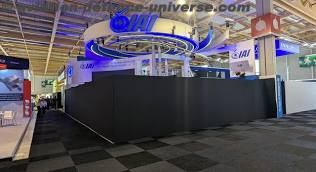
At the opening of the Paris Air Lab during the 2025 Paris Air Show, French Prime Minister François Bayrou reaffirmed the government’s dedication to advancing aerospace innovation and promoting sustainable aviation. Appointed in December 2024, Bayrou inaugurated the Air Lab alongside Transport Minister Philippe Tabarot, Airbus CEO Guillaume Faury, and Thales Executive Vice President Yannick Assouad. In his remarks, he praised the achievements of the participating exhibitors, highlighting their contributions to propulsion technology, aerospace research, and the broader goal of decarbonizing the sector. He emphasized the importance of aerospace, science, and technology in driving France’s recovery following the pandemic. The Paris Air Lab serves as a platform for exploring the future of aviation, with a strong focus on sustainable aviation fuel, electrification, hydrogen-powered systems, artificial intelligence, cybersecurity, digital transformation, and next-generation aircraft design.
The opening day of the 2025 Paris Air Show was a vivid reflection of today’s world—where soaring ambition in aerospace innovation meets the sobering realities of geopolitics and tragedy. As orders rolled in and aircraft lifted off into the Paris skies, the message was clear: the aerospace sector is adapting, resilient, and deeply intertwined with the global security environment. As the week progresses, eyes remain on new announcements, evolving partnerships, and the technologies that will shape the next era of aviation and defence.
ADU will keep getting you updates from PAS 2025. Keep clicking.







